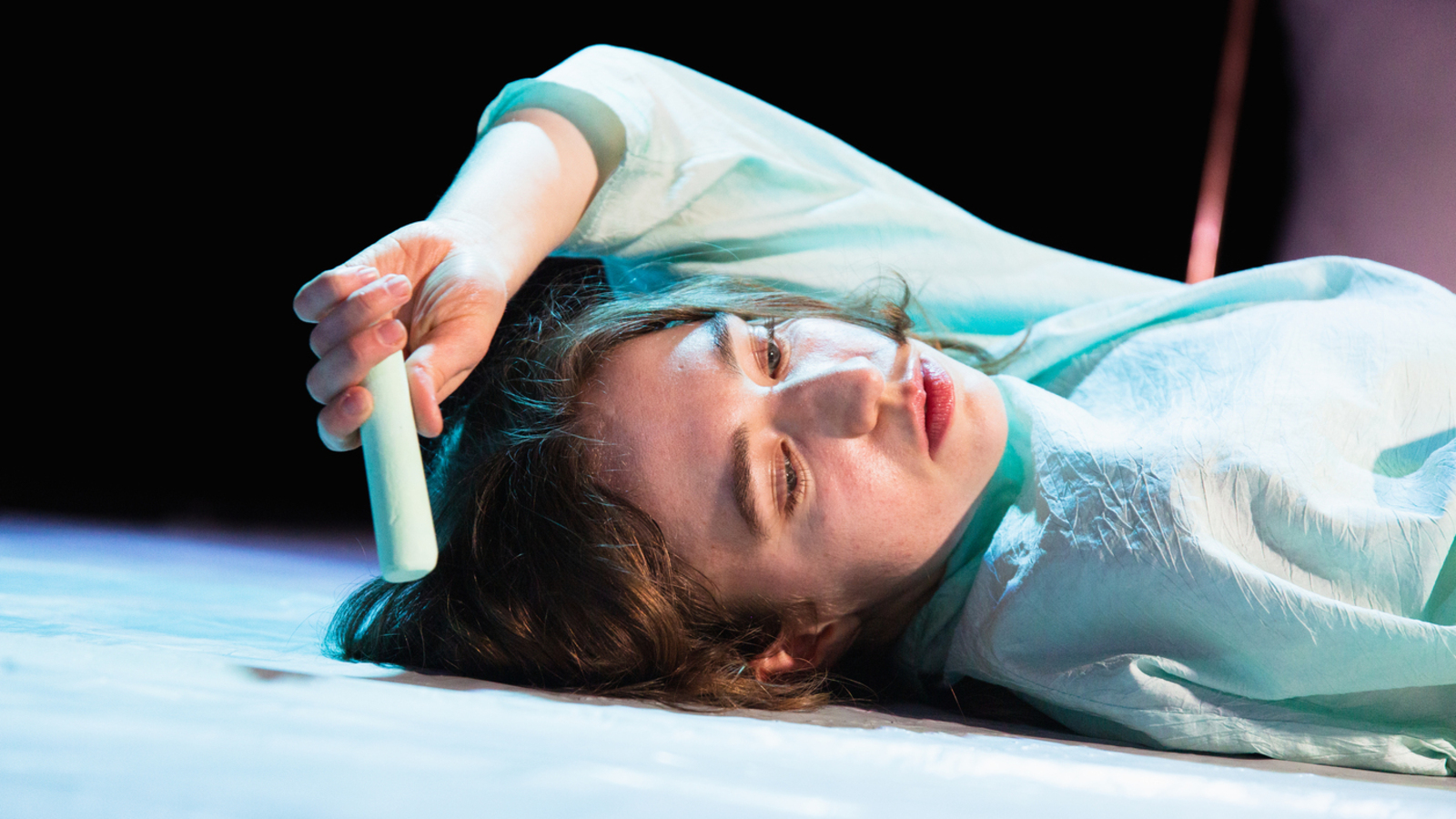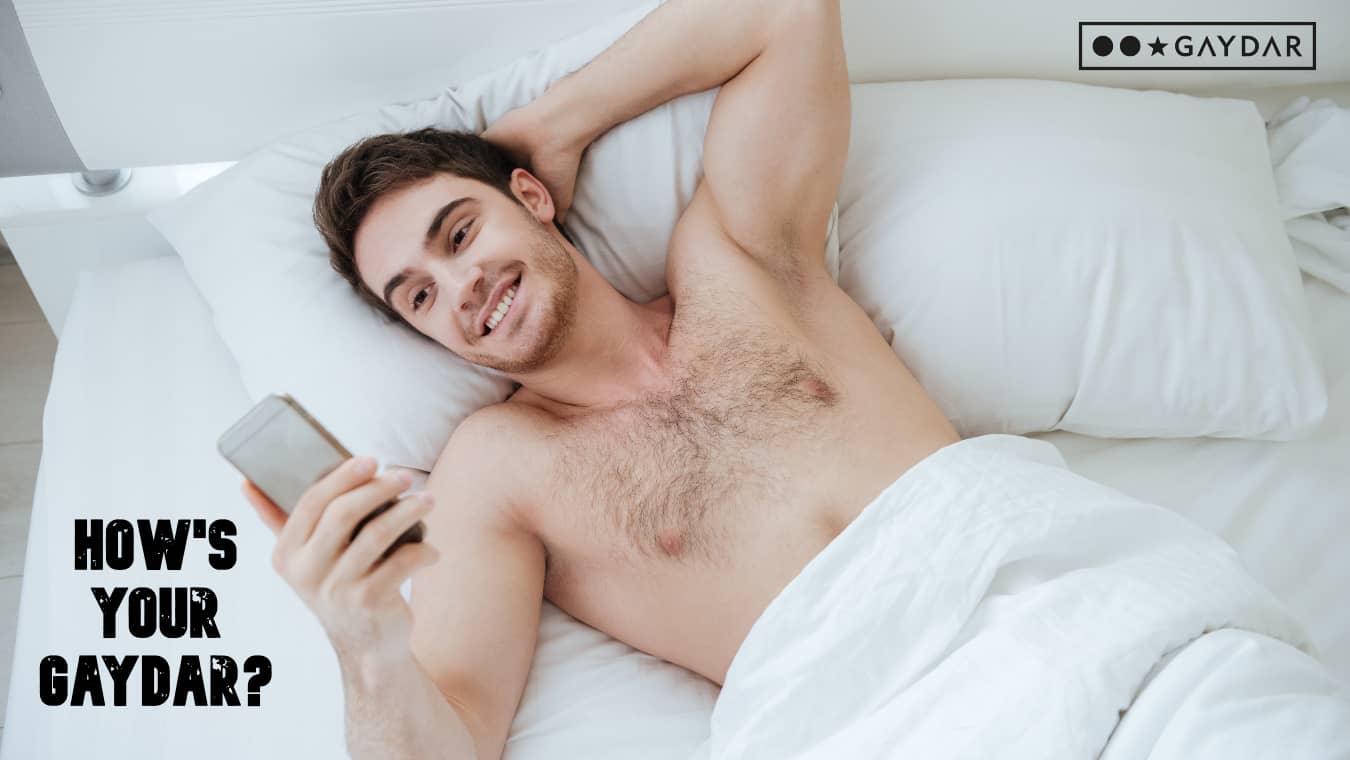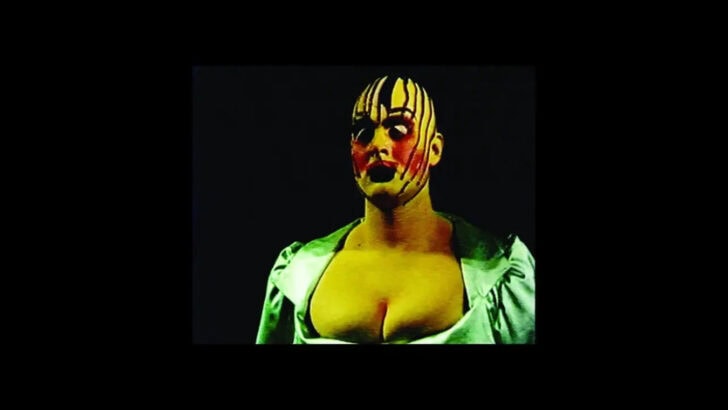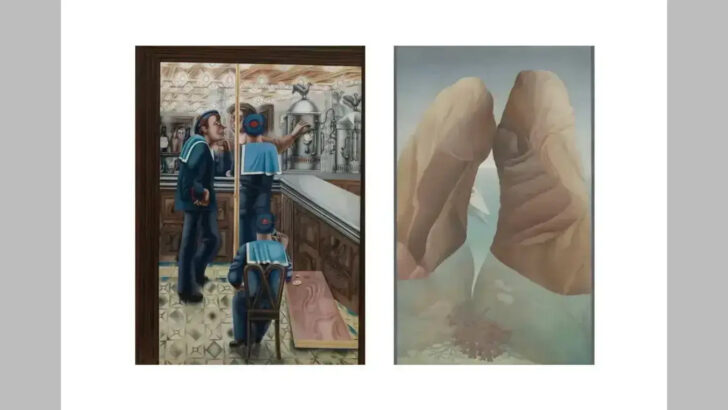At the Salpêtrière University Hospital, women where they were made to perform their madness onstage for the public. And so, Ladies and Gentlethem, The City for Incurable Women is open for business – but turning this moment in feminist history into a play was not going to be simple for us, as queers. Let’s be clear: History was always queer. But it is rarely told that way. A warning: This is about to become extremely binary and terribly patriarchal.
Firstly: what really is “hysteria“? The word “hysteria” comes from the Ancient Greek “hystera”, meaning uterus. Malfunctioning uteri were considered the cause of “hysteria“. Now, how would you identify a malfunctioning uterus? Basically if you had a uterus and behaved (marginally) strangely you were suspect.
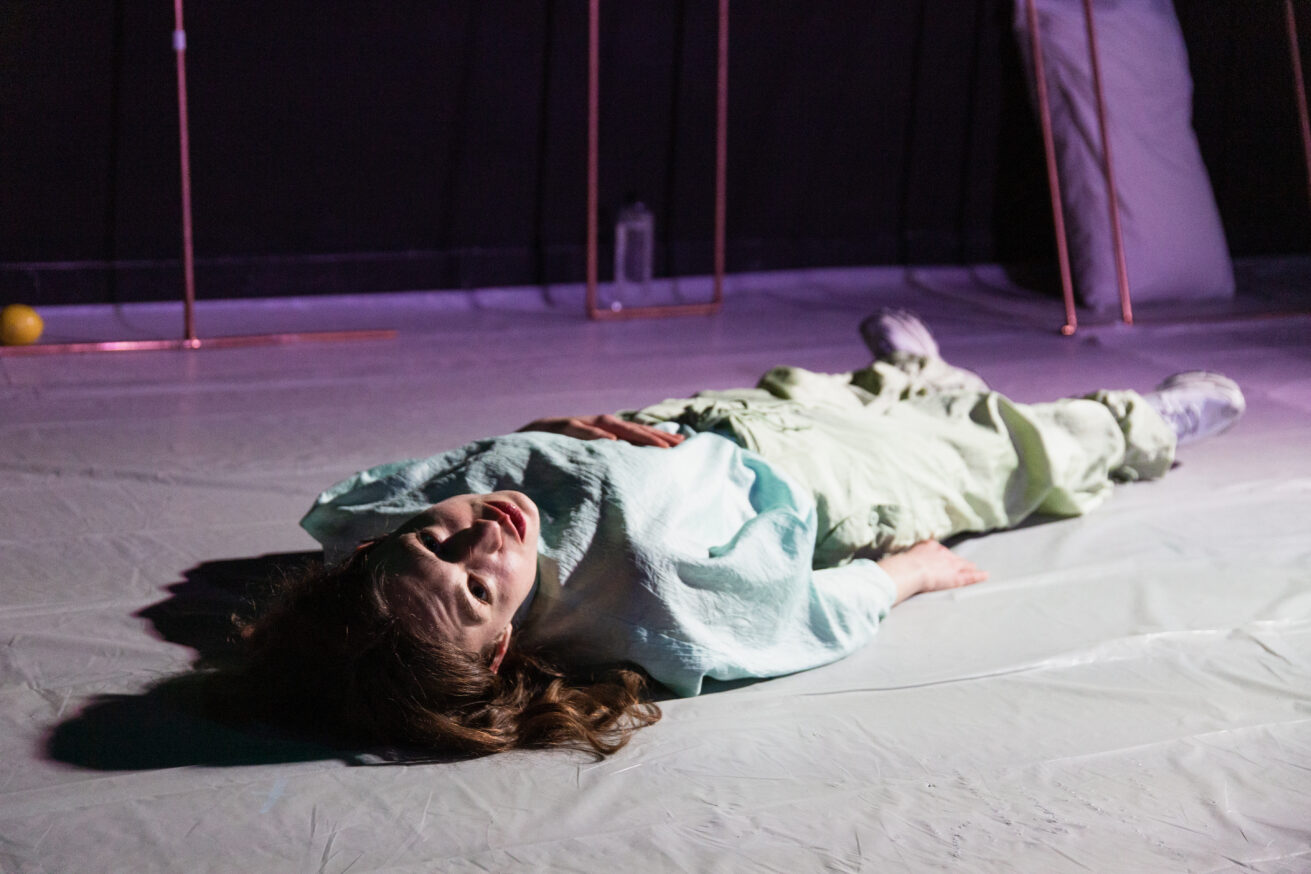
Following the thread of hysteria all the way back we start with the Ancient Egyptians, past the Ancient Greeks, the Romans, the Normans, medieval people – everyone had crazy cures: injecting patients with donkey urine, holding them over a fire, making them sneeze and shouting at them.
“Hysteria” remained a legitimate diagnosis for centuries. But why? Well, it was an effective way to explain socially unacceptable behaviour, but it was also part of a genuine attempt to understand inexplicable symptoms. At the Salpêtrière, in the 1880s, the “Hysterical Woman” became a sensation. She was a danger, a delicious danger, consumed by a greedy audience. It wasn’t until 1980 that “hysteria“ was removed from the Diagnostic and Statistical Manual of Mental Disorders. Fantastic! Done. Curtain call!
Are we done, though? Today, the physical symptoms are renamed and are being researched and treated (without the donkey urine – hooray!). Conditions like Post Traumatic Stress Disorder and Functional Neurological Disorder, although still battling social stigma, are understood to be real and affect patients of any gender. But while there is a medical history to an illness that ran under the label “hysteria“, there is another strand of the story. “Hysteria” was never just about the symptoms. It was a cultural concept about bodily autonomy, something ideological pretending to be strictly biological. The “Hysterical Woman” became a convenient slogan, a poster for anyone who misbehaved.

Thinking about the story of “hysteria” and the Salpêtrière through a queer lens is a challenge. Because, quite frankly, the history of hysteria is predominantly about “women and their uteri“. But queering history is not just about “finding the gays” within a straight-laced narrative. It’s about telling stories that include, that help us find communities, that resist fear-based politics. And it’s about understanding how patterns and narratives that seem to live in the past keep reappearing.
Using biology to excuse divisive, discriminatory behaviour and policy is still common practice. Women are still called mentally ill simply for refusing to be reduced to their sex assigned at birth. Afab bodies are politicised, afab people patronised. Deconstructing patriarchal buildings, our imagined cities for incurable people, is inherently queer. And retelling these stories while resisting hetero-normative logic and language is a form of queer protest and liberation.
In the process of making the show, we hoarded material, looked at imagery, spoke to experts. We retold the story to each other and to our friends, again and over and over again, trying to craft an arc that felt like we – as queers and gender-queers – were actually part of it. The obvious thing to do with a story like this would always be to tell the story of the perpetrator. We know most about him, he wrote the notes; the narration of the male “genius” or “villain“ works, we all know that. That was exactly what we wanted to avoid. So there had to be a shift: towards the patients, towards what all of this means to us right now, today.

So again, we are not done. It cannot end with the hospital. It cannot even end with the removal of “hysteria“ as a medical diagnosis. Let’s have another look. What happened after the story of the hospital?
In 1913, a study estimated hysteria in 75% of the female population. Conveniently, that’s exactly the time women fought for the right to vote in the UK. Despite the smear campaign (ooh, sorry for the graphic image), some ground was gained. The 1970s: Roe v Wade passed in the US and established women’s right to abortion. 1980 – did we mention – “hysteria“ was removed as a medical diagnosis. The 1990s: Feminists start embracing diversity: intersectionality, sex positivity, gender trouble. We pass the millennium and the gender recognition act, same sex marriage, legal recognition of diverse gender – in some countries. Sounds great! But we haven’t banked all of this, have we? This is not a new story. And it will keep coming back.
Written by Christina Deinsberger, Charlotte McBurney and Helena McBurney.
The City Of Incurable Women runs Wednesday 30 July – Monday 25 August 2025 (not 12), 1:35pm, at Pleasance Courtyard (Upstairs), 60 Pleasance, Edinburgh EH8 9TJ, United Kingdom.
More about fish in a dress
fish in a dress is an inclusive British-German theatre collective, seeking to work and build connections with other international artists. They bring together different languages and stories, resisting increasingly divisive political boundaries and polarisation.
